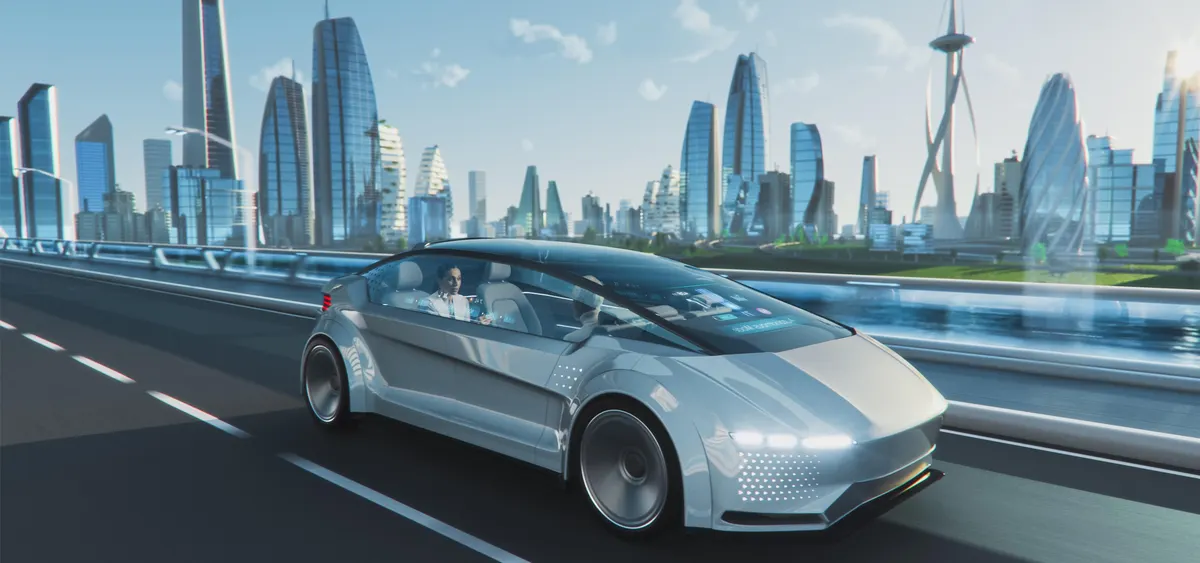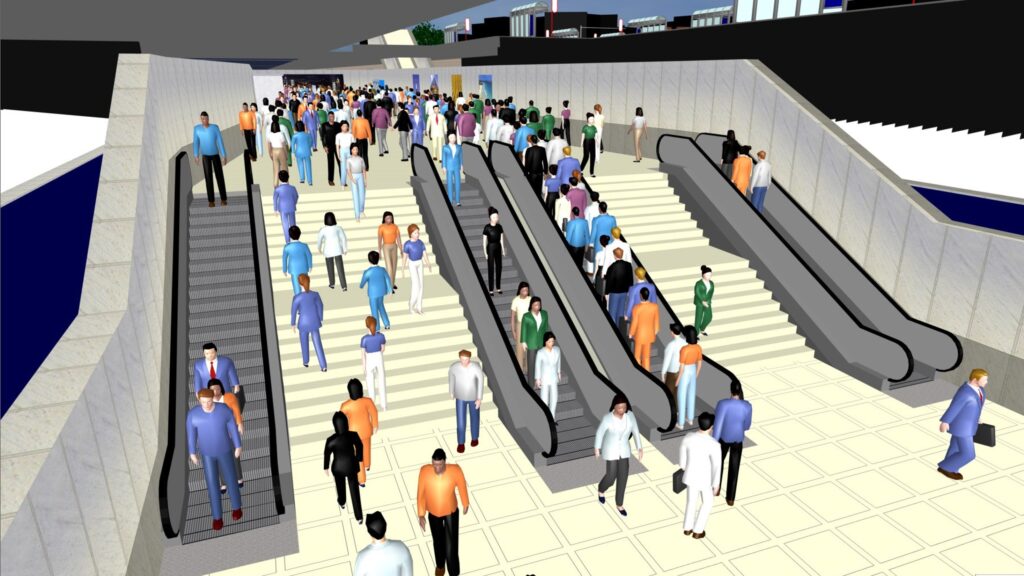In recent years, autonomous vehicles also known as self-driving cars have become one of the most exciting innovations in transportation. These vehicles use a combination of sensors, cameras, artificial intelligence (AI), and GPS to navigate roads without human drivers.
But what does this mean for the future of mobility?
Autonomous vehicles have the potential to make transportation safer. Most road accidents are caused by human error speeding, distraction, or poor decisions. Self-driving cars, in theory, can react faster, follow traffic rules consistently, and avoid risky behaviors.

🔍 How Do Autonomous Vehicles Work?
Autonomous vehicles rely on a network of sensors and AI algorithms that detect obstacles, read traffic signs, follow lanes, and respond to traffic signals. Using machine learning, the system improves over time by learning from past experiences and real-time data.
There are five levels of automation, from level 1 (driver assistance) to level 5 (fully autonomous with no steering wheel or pedals). Most current prototypes are between levels 2 and 4.
Benefits of AVs
- Improved Road Safety
Human error causes over 90% of road accidents. AVs can help reduce crashes by avoiding distractions, fatigue, or risky behaviors. - Reduced Traffic Congestion
Self-driving cars can communicate with each other to optimize traffic flow. This can reduce unnecessary braking and acceleration, making traffic more fluid and energy-efficient. - Increased Accessibility
AVs offer mobility solutions for the elderly, people with disabilities, and individuals who cannot drive, helping them regain independence. - Environmental Benefits
Many AVs are electric, contributing to lower emissions and promoting sustainable urban mobility. - Efficient Use of Parking
Autonomous cars can drop passengers off and park themselves efficiently, reducing the need for large parking spaces in crowded cities.


